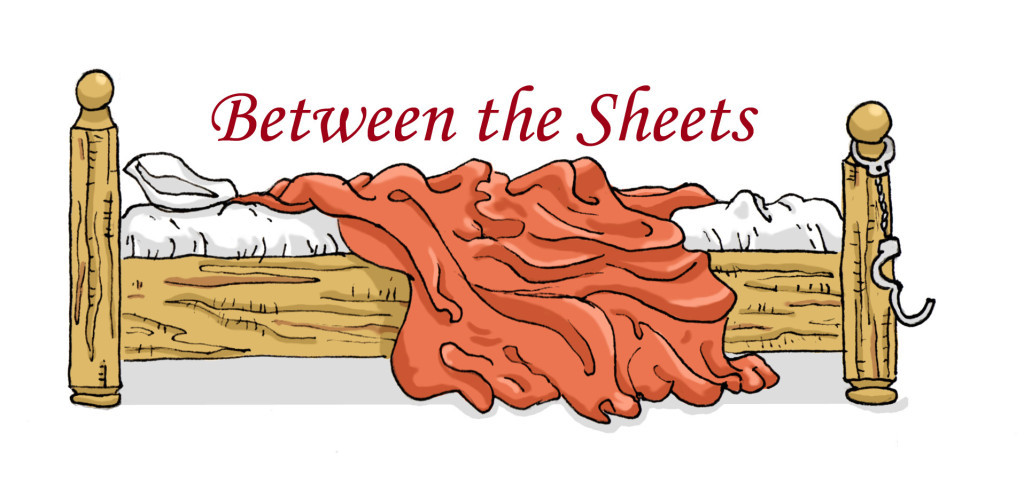
NASA engages the public through its innovative use of social media
By Brittney MacDonald, Life & Style Editor
Out of all the government agencies, none have embraced the popularity of social media quite like the National Aeronautics and Space Administration, otherwise known as NASA (bet you didn’t know it stood for that did you?).
NASA’s initial brush with social media fame happened in 2012, during the Mars Curiosity landing. Images of systems engineer Bobak Ferdowsi—henceforth known as “Mohawk Guy” due to his unusual hairstyle and excitement over the Curiosity rover’s first broadcasted images—went viral. The “Mohawk Guy” meme became so far-reaching so quickly, United States President Barack Obama even commented on it when he called the team to congratulate them on a successful mission.
The media attention obviously inspired NASA to engage more with Internet culture and social media, as they have since worked hard to build themselves up as a social media brand.
Recently, NASA celebrated yet another successful mission—this one consisting of a spacecraft doing a 20-hour long pass of Pluto. The mission, labelled New Horizons, was more than nine years in the making; its intent, to photograph Pluto at the tail-end of our solar system. When the images finally did come, NASA didn’t bother releasing them to media and news outlets around the world, where they would play second fiddle to more sensationalized stories. Instead, the government agency released the pictures immediately to their Instagram, adding the description “Gorgeous Pluto! The dwarf planet has sent a love note back to Earth via our New Horizons spacecraft, which has travelled more than nine years and three-plus-billion miles…”
The description goes on to relay some interesting facts about Pluto as well as the New Horizonsmission itself. Clearly, the overall purpose for NASA’s new social media strategy is to educate as well as feed the public’s fascination with space—maybe even inspire a few young minds to consider a career in rocket science?
As if releasing the images of Pluto to Instagram wasn’t enough, the New Horizons team then proceeded to conduct an AMA (Ask Me Anything) over Reddit and Twitter which was available to anyone, of any country.
There has been criticism, however: social media companies like Instagram are privately owned—in this case, by networking giant Facebook. As a government agency, it is against the law for NASA to display favouritism to any privately owned company. Releasing the images to Instagram, rather than its competitors Snapchat or Tumblr, means NASA is walking a very thin line. Their loophole is that content on social media is available to the public regardless of whether an individual has an account with the website or not. With Instagram, anyone can view the images posted there as long as the account that submits the image is not set to private.
The Instagram image release preceded any news coverage by four hours, in part due to a delay in releasing the official images from the spacecraft via NASA’s website. Unfortunately for news outlets, Instagram’s format prevented them from simply taking the initial image and blowing it up, so they could report on the New Horizonsmission earlier.
Due to the escalating conflict between independent media (online news, blogs, social media, and the like), and more traditional news outlets, I suspect the criticism towards NASA’s ethics is simply an attempt to force the agency to remain archaic in their press release process.
I, however, applaud NASA for the innovative new approach, and will definitely follow them across all our common platforms.

